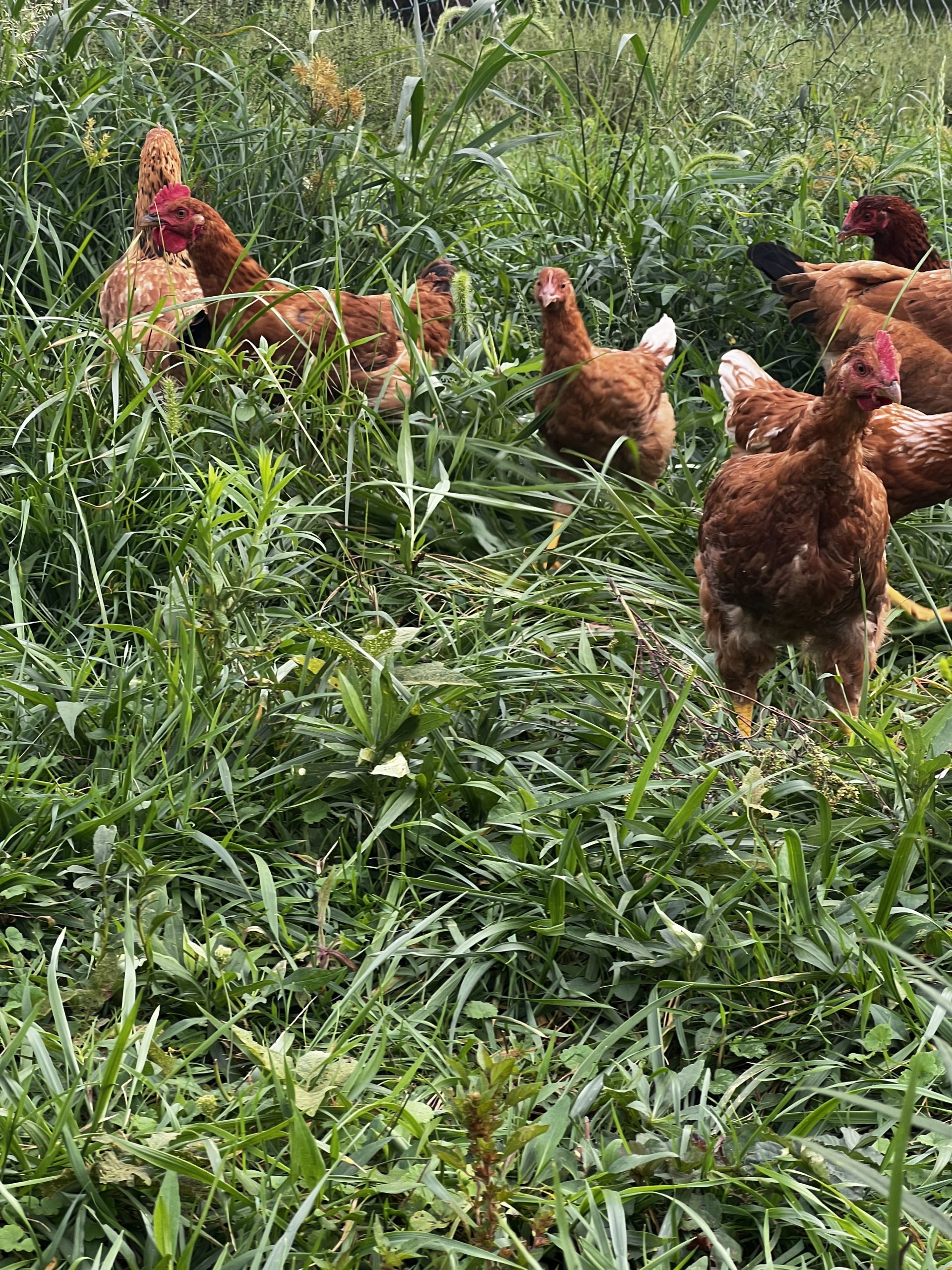Regenerative agriculture is a new concept; however the techniques have been used by humans for much of our history. At the core of Regenerative Agriculture is improving and regenerating the land and soil. This is done by the use of cover crops, grazing, promotion of biodiversity, among a plethora of other techniques.
What can regenerative agriculture do for us?
- Create drought-resistant soil: The addition of organic matter to the soil increases the water holding capacity of the soil. Regenerative organic agriculture builds soil organic matter.
- Restore grasslands: One third of the earth’s surface is grasslands, 70% of which have been degraded. We can restore them using holistic planned grazing.
- Nurture biodiversity: Biodiversity is fundamental to agricultural production and food security, as well as a valuable ingredient of environmental conservation.
- Preserve traditional knowledge: Understanding indigenous farming systems reveals important ecological clues for the development of regenerative organic agricultural systems.
- Revitalize local economies: Family farming represents an opportunity to boost local economies.
- Feed the world: Small farmers already feed the world with less than a quarter of all farmland
